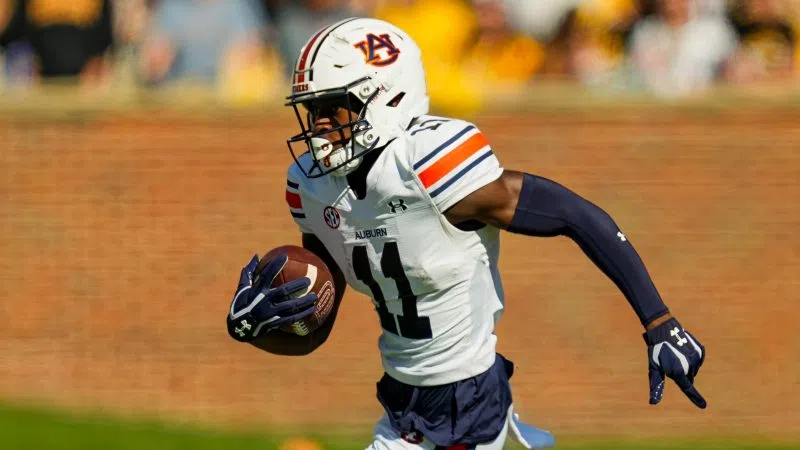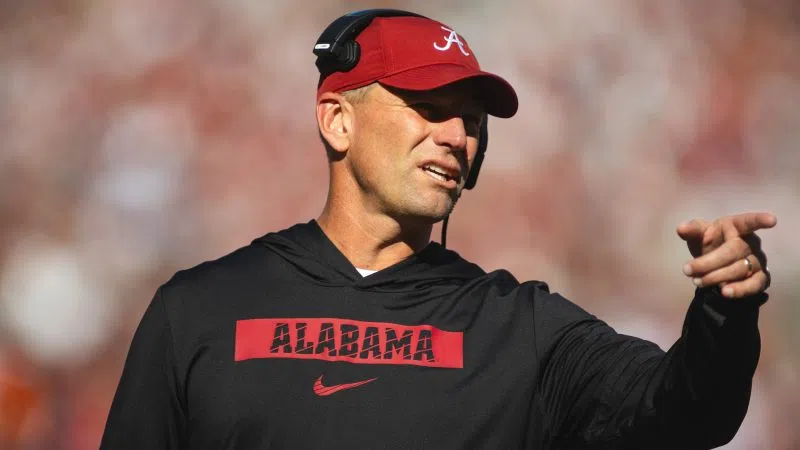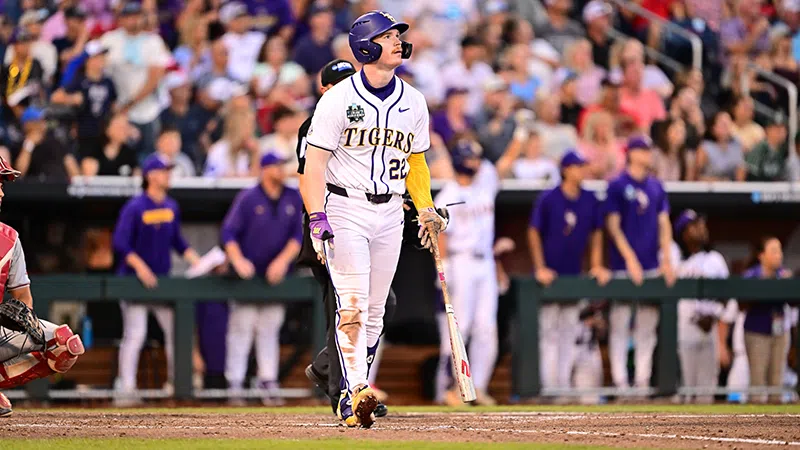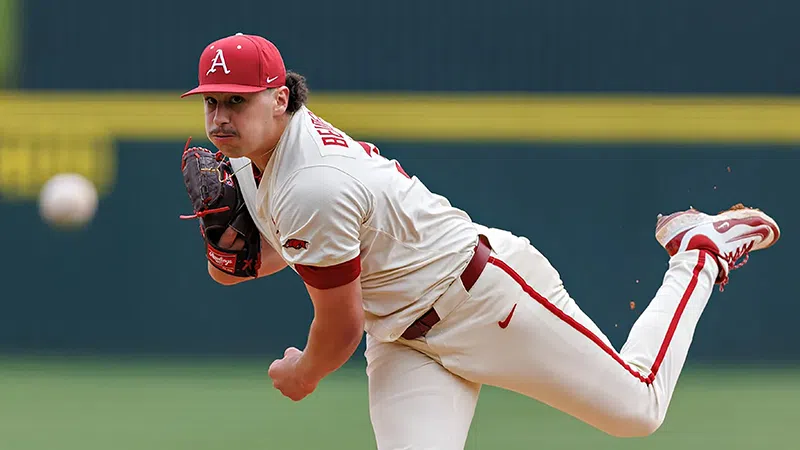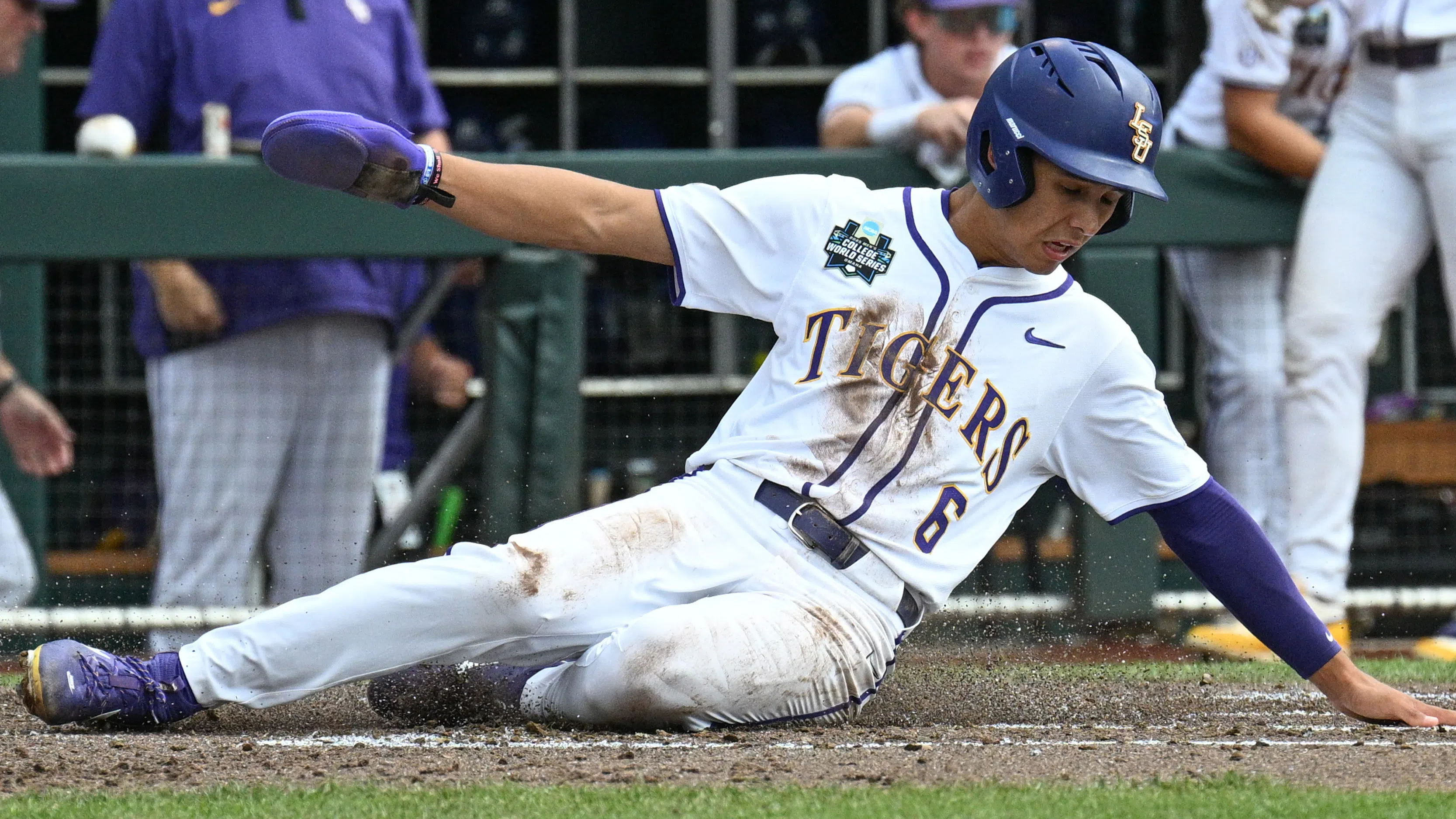
By Chris Marler
LSU and Arkansas will face off in an elimination game for the Hogs and a potential berth in the CWS Championship Series for the Tigers. Arkansas and LSU are the two highest remaining seeds left in the entire tournament, and they also represent the same conference. Before the first pitch is thrown Wednesday night in Omaha, here’s a deep dive on numbers to know for LSU (and some Arkansas).
Driver’s Seat Significance
The importance of getting into the winners bracket in the College World Series really can’t be stated enough, and historically speaking, the numbers don’t lie.
3 – Just three teams in the history of the tournament advanced to the Championship Series after losing their first game (2006 & 2018 Oregon State and 2010 South Carolina).
4 – Just four teams in the last 45 years won the College World Series after losing their first regular season game
74 – 74% of teams who started 2-0 in the CWS made it to the Championship Series
6 out of 7 – This is the eighth time LSU has started 2-0 in Omaha and the first time since 2009. They went on to win the national title in six of the previous seven.
1 – Only one team in the history of the tournament has done what Arkansas is attempting to do this year, which is win four games in four days. 2006 Oregon State accomplished that feat on their way to their first national title. Arkansas will have to do the same if they want to win their first.
LSU By the Numbers in Omaha
What’s stood out the most so far about LSU is how dominant their starting pitching was in game one, how dominant the bullpen has been in both games, and how good the offense has been when they have a chance to capitalize.
LSU Pitching through 2 games
ERA – 3.00
WHIP – .94
K/9 – .89 (16 in 18 innings)
K/BB – 16/4 (They also hit 2 batters)
XBH – 2
Lights out Bullpen
So far through two games, the bullpen (not including Casan Evans in the restart against UCLA) has been incredible. They’ve gone 3.2 IP in relief, allowed just 2 hits, 0 earned runs, and flooded the strike zone with 13 first pitch strikes to 15 batters faced.
Offense
The offense hasn’t been a highlight reel of home runs or an onslaught of runs like in the Super Regionals when they put up 28 runs in two games against West Virginia. In fact, the lineup only has two extra base hits in 69 at bats. However, they have been very clutch with runners in scoring position so far in both games.
The Good
LSU’s starting lineup has only hit .261 in Omaha with a slugging percentage of just .319 and an OPS of .665. They’ve excelled with runners on though hitting .524 with RISP as a starting lineup. Daniel Dickinson and Jared Jones, who have struggled at the plate for most of the series, went just 4-for-17 with eight combined strikeouts. Those are 4-for-8 with five RBIs with runners in scoring position.
Eight of the 11 players who have an at-bat so far have reached base at least twice, and nine of the 11 have at least one RBI. Six of those 11 have recorded an on base percentage of .300 or higher including four at .444 or higher.
The Bad
As good as LSU has been with RISP, they’ve still managed to leave 18 runners on base for an average of one per inning.
The strikeouts have been a much bigger issue. Through two games, they’ve racked up 23 strikeouts in 69 at-bats. That means LSU players are striking out 1-out of every-3 at bats and striking out in 29.5 percent of their plate appearances.
The Ugly
LSU hit .353 as a team in the Super Regional with an OBP of .412. In Omaha they’re hitting just .261 with an OBP of .346. A dropoff is to be expected given the level of competition in Omaha versus the Supers. However, the concern is that the strikeouts increased from 10 to 23, and the extra base hits dropped from eight to four.
The lineup as a whole has been great with only two players held hitless in the entire tournament (Braswell and Pearson). Don’t expect the numbers to suddenly surge offensively either considering the opponents they have left (Arkansas and Coastal Carolina) are two of the best pitching staffs in the entire country.

More SEC News
